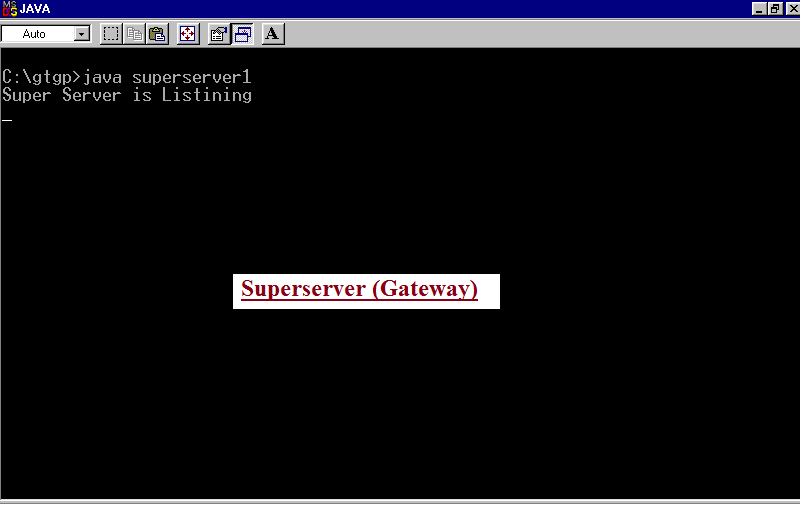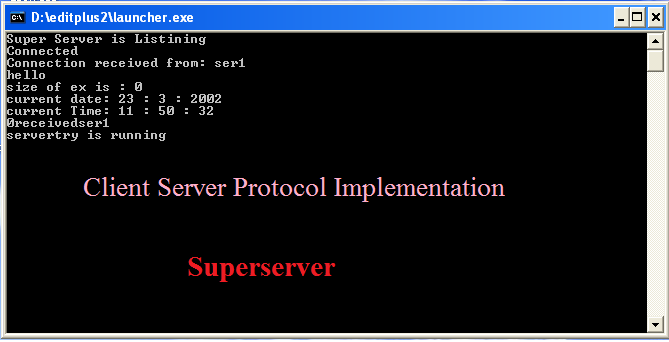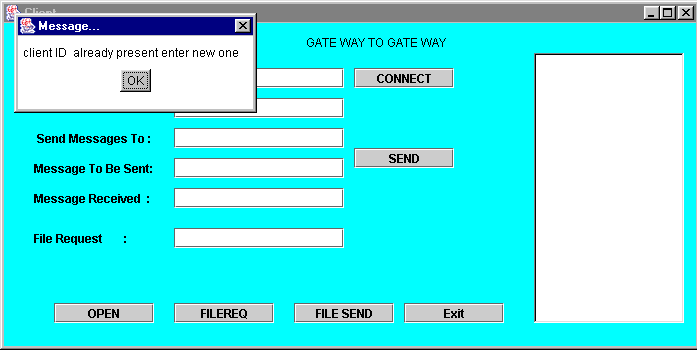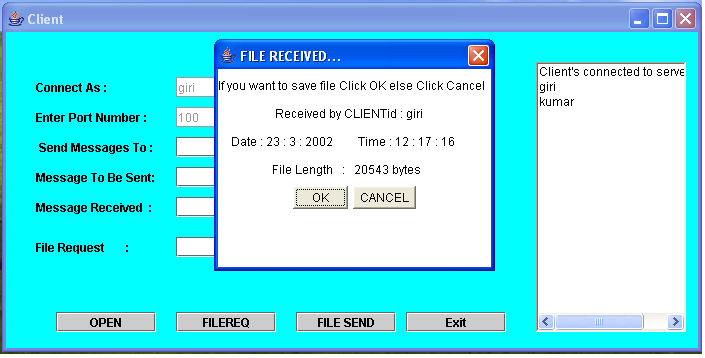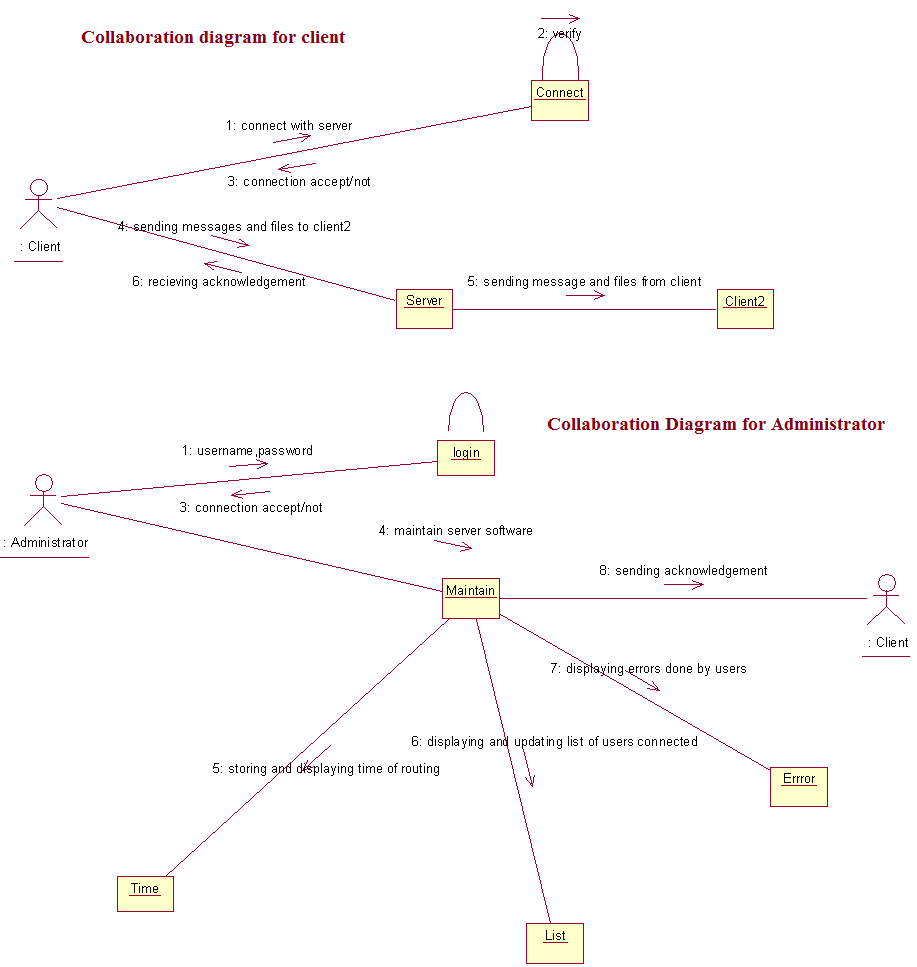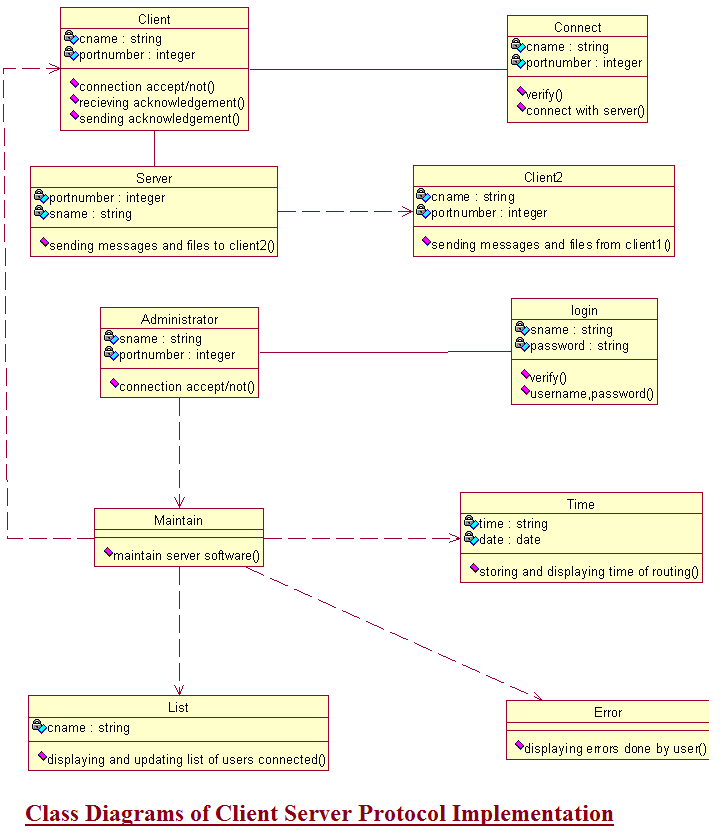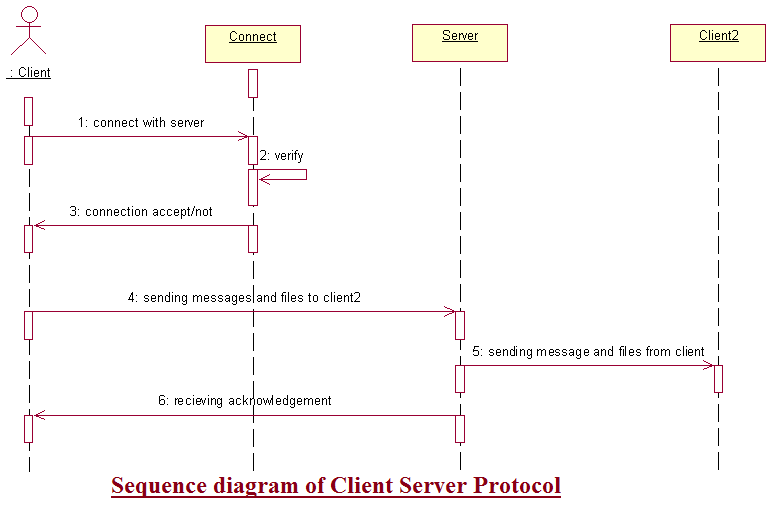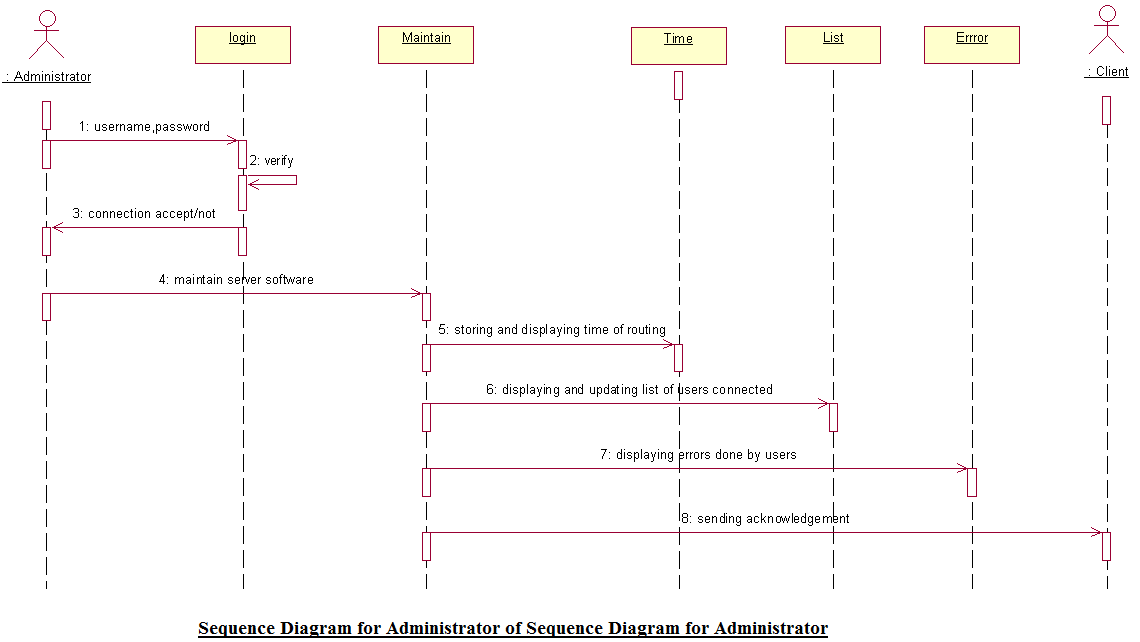Introduction to Online Insurance Management System Project Report:
This project deals with Insurance in online. This tool taking care of the policy in online using tracking the details of the customer and the company.
if the user enter into the website it will show the details about insurance and other schemes of the policy through this online registration form
It helps the customer to view their own insurance status system analysis focuses on the application is require to do. The system allows to see the logical elements from the physical components it uses (computer, terminals and storage system)
The existing system is the manual system. The manual system is prone to error. It is time consuming it is very difficult to produce the report for any person and there is chance for changing the scheme report by doing malpractice. Usage of paper in the payment process leads to less efficiency, less accuracy and less productivity.
Proposed system is to eliminate the drawbacks of the existing system. It is designed in order to provide a permanent solution of the problem.
Online insurance services in the middle ages policy agents and policy holders have used the paper to take money from the insurance transaction but know the technology is fully developed everything is being converted to computerized. Now a day’s everyone is using the internet in this fast race the business and money making people are also using. No country, no company and no individual want to fall back in this fast generation everyone wants to the lead the group.
The hardware requirement of this project is PROCESSOR PENTIUM 4, RAM 128MB HARD DISK 40GB, memory 32MB.
The minimum software requirement is WEBSERVER apache tomcat server 6.0.20 and browser is internet explorer, server side scripting is jsp, java bean, data base is ms-access and clint side scripting is html and language is j2ee.
Download Online Insurance Management System Project Report in Java .

